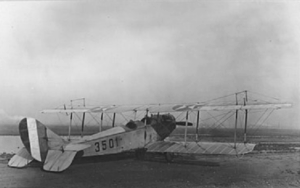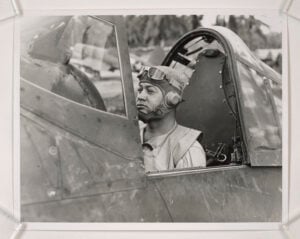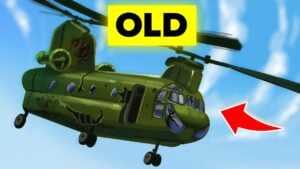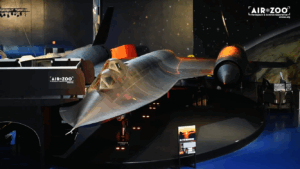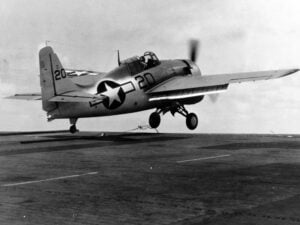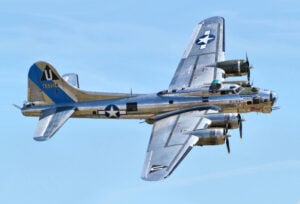The Breathtaking Moment a Mysterious WWII Aircraft Stunned German-Occupied Paris
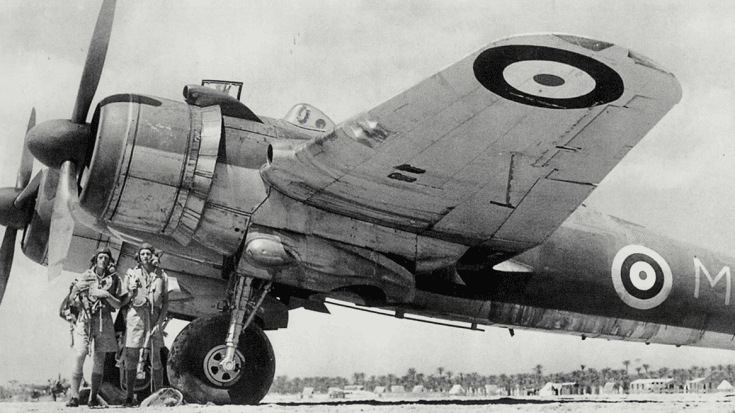
The Antique Airshow / YouTube
During one ordinary day in occupied Paris, a loud and unfamiliar roar cut through the usual hum of military aircraft. In a city where the sounds of German planes had long been a part of everyday life, this noise was different. It carried with it an air of defiance and surprise. In the midst of hardship, an unexpected event unfolded above the city—a single aircraft hurtling low over the streets, drawing the eyes of locals who had grown weary of routine displays of power.
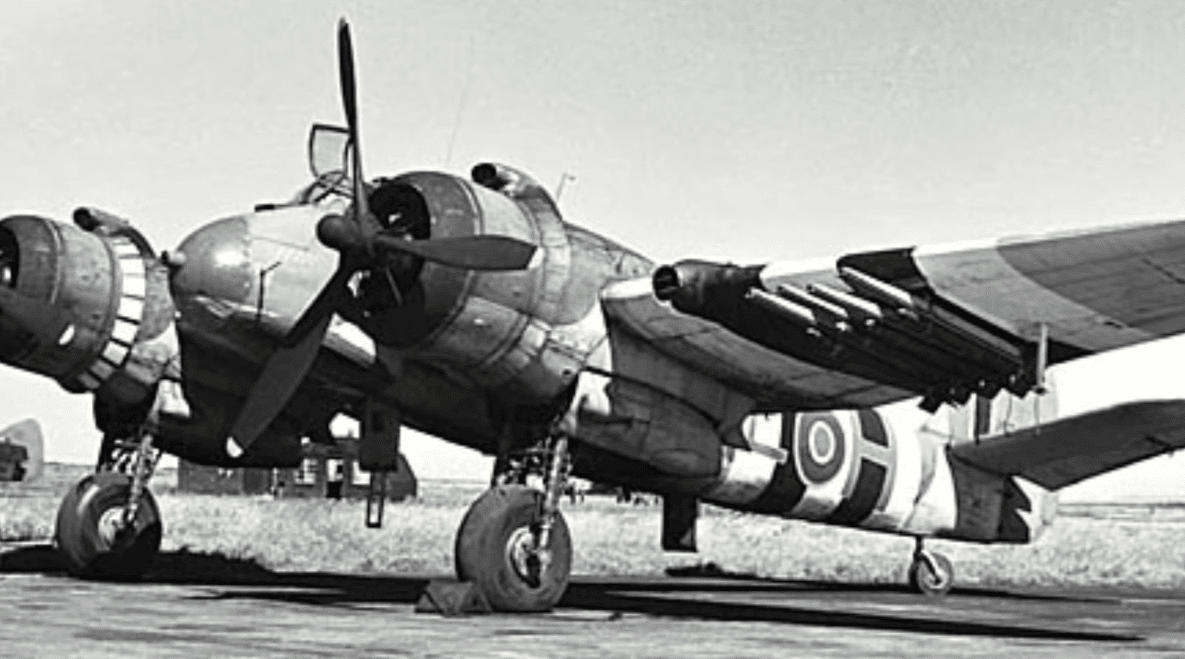
A City Transformed and an Unusual SoundIn a busy Parisian district, the sound of engines shattered the normal rhythm of life. Café patrons, who had long grown accustomed to the constant whine of Messerschmitts and Junkers overhead, suddenly paused to look upward. They noticed a lone aircraft flying so near that it appeared to hover just above their heads. The markings on its side, clear and distinct, left them wondering if this was another piece of German equipment suffering a technical fault.
As people rushed outside, shielding their eyes from the bright sunlight, the mood shifted from routine resignation to a mix of curiosity and apprehension. The aircraft headed directly for the Arc de Triomphe, a symbol of French military honor and national pride. Parisians exchanged glances filled with both confusion and a spark of hope, unsure whether the aircraft was a sign of malfunction or something far more significant.
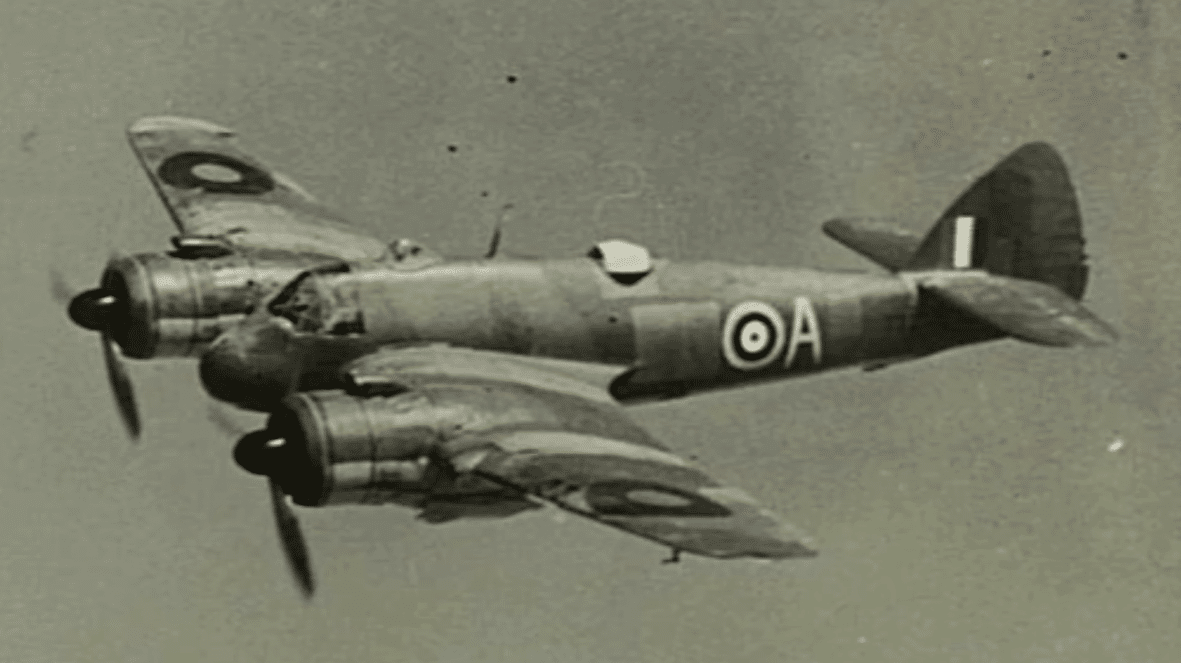
The Daily Display of German Power
For almost two years, Paris had changed under German occupation. The elegant streets of the City of Light had been altered dramatically by the new order. Landmarks and boulevards, once lively and filled with history, now bore symbols that reminded everyone of the occupying force’s control. Public spaces and signage had been modified to reflect this new regime, and the air was filled with the sounds of disciplined marches and rigid military routines.
Each day at exactly 12:15 pm, the German armed forces put on a display of military strength along the Champs-Élysées. The grand avenue, lined with rows of marching soldiers, the thudding of heavy boots, and the music of military bands, was turned into a stage for demonstrating control. This routine display was designed to keep the population in a constant state of reminder about the power held by the occupiers and to enforce a sense of order through fear.
The Seeds of Defiance
Beneath the calm and measured expressions of Parisian citizens, an undercurrent of resistance was growing. Although many tried to appear indifferent during the daily parades, the predictability of these events sparked secret discussions among those who longed for freedom. The fixed route, the same formations, and the consistent timing became a small but significant focus for individuals quietly planning to challenge the German show of strength.
Within the ranks of the French underground, careful observations were made day after day. Resistance members began to believe that this regular military performance could be exploited. They gathered detailed information about the parade’s timing and route, knowing that such predictability might one day offer a chance to disrupt the display of power. Their cautious hope was that by sharing these details with their British allies, a plan could be set in motion to deal a symbolic blow to the occupiers.
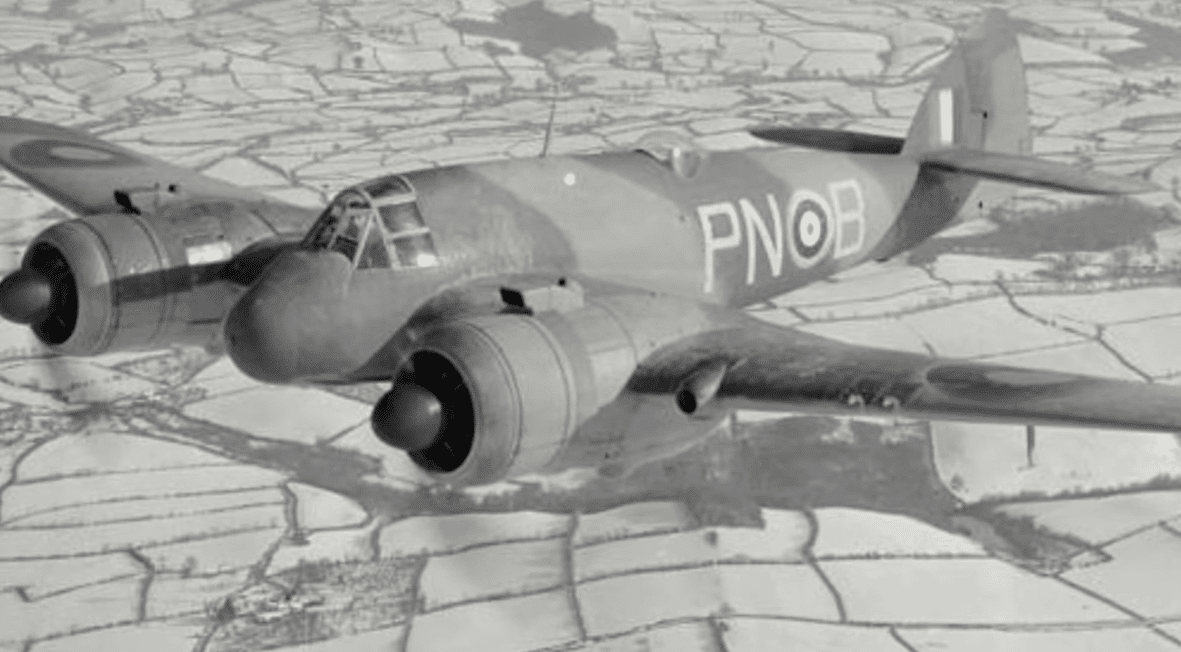
A Daring Plan Takes Shape
The intelligence collected by the resistance eventually reached Major Ben Cowburn of the Special Operations Executive, a secret British group dedicated to sabotage and covert missions. Major Cowburn passed the details on to Air Marshal Philip Joubert de la Ferté, the head of the Royal Air Force Coastal Command. Having roots in France himself, Air Marshal Joubert saw this as an opportunity to challenge German authority in a dramatic way while lifting the spirits of the people in Paris.
Air Marshal Joubert’s plan was designed with careful attention to every detail. The mission required an aircraft capable of flying extremely low over enemy territory, and a crew with exceptional skills in navigation and low-level flight. To meet these demands, he turned to the 236 Squadron, selecting Flight Lieutenant Alfred “Ken” Gatward for his proven expertise during previous operations, including his notable work during the Dunkirk evacuation. Gatward’s record of skillful, close-to-ground flying made him the natural choice for the task.
The Crew and Their Preparation
Flight Lieutenant Gatward would not fly alone. Accompanying him was his navigator, Sergeant Gilbert “George” Fern, who had once taught art and woodwork before joining the Royal Air Force. When Air Marshal Joubert de la Ferté presented the special assignment, both men accepted the challenge despite the risks involved. Their decision was marked by a quiet resolve to take a stand, even in the face of overwhelming danger.
In preparation for what would later be known as Operation Squabble, Gatward and Fern underwent intense training. They practiced flying at extremely low altitudes to perfect their ability to navigate without relying on cloud cover. Their exercises included simulated attacks and careful cannon-firing drills that would prepare them for the unpredictable conditions over Paris. Every detail was rehearsed meticulously, from timing the drop of specially altered French flags to the precise moment of engaging enemy targets. The training sessions were long and demanding, with each practice run designed to build both confidence and the necessary skills to succeed in the mission.
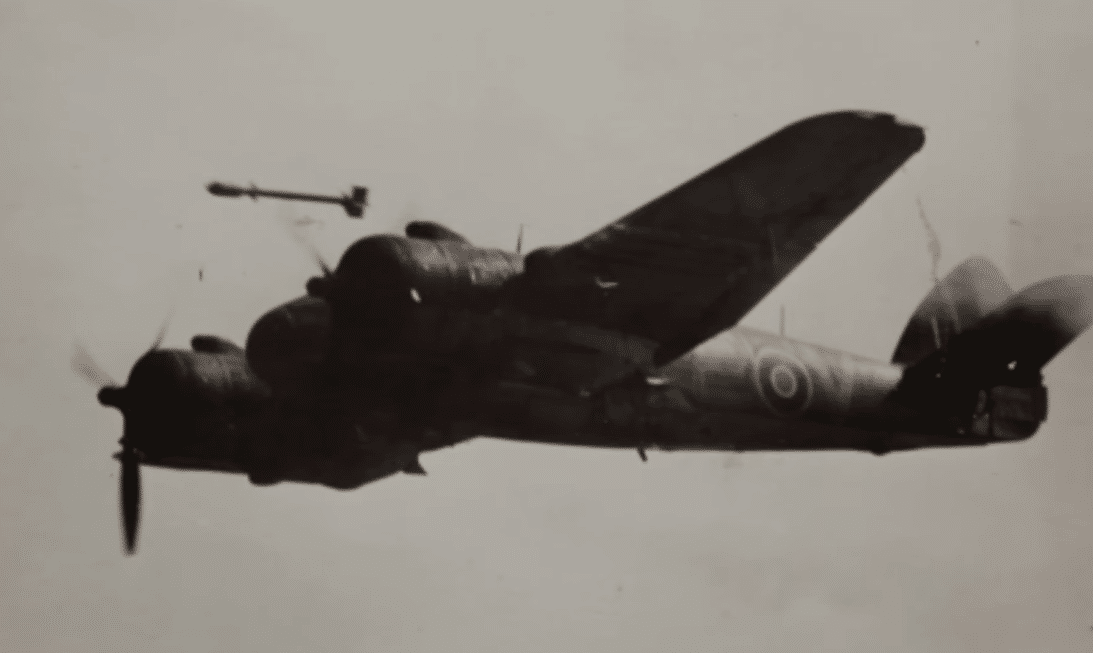
The Low-Level Flight and the Encounter
On the day of the operation, Gatward and Fern lifted off from RAF Thorney Island near Portsmouth. Their plan was to take advantage of low-level flying to avoid detection while making their way to Paris. Initially, heavy clouds and steady rain provided natural cover. However, as they neared the French coast, the weather changed and the sky began to clear, removing the safety of a dense cloud layer. Despite this, they maintained a flight path barely thirty feet above the ground to minimize exposure.
As they flew over the countryside, the pair encountered unexpected technical difficulties. A crow collided with the aircraft’s oil cooler, causing the engine instruments to behave erratically. Despite this unforeseen challenge, Gatward kept the powerful Beaufighter under tight control. The engines roared as the aircraft sped over fields and along country roads, and the low altitude made every second count. Soon, the familiar outline of the Eiffel Tower emerged, a silent marker that they were nearing the heart of Paris.
Striking the Heart of Paris
Approaching central Paris, Gatward and Fern encountered light anti-aircraft fire. The enemy’s efforts to intercept were visible as brief flashes in the distance, but Gatward skillfully steered the aircraft through the maze of urban obstacles. Over the Arc de Triomphe, the aircraft reached a position high enough for Sergeant Fern to release the first of the modified French flags. This symbolic act was meant to remind the local people of their enduring spirit and their desire for freedom.
Continuing along the famous Champs-Élysées, the aircraft then turned toward the next target: the German High Command headquarters located at the Ministère de la Marine. As they flew over the avenue, the familiar parade did not take place that day—a rare break from the routine. With no formation to disrupt, the mission shifted focus. Gatward then maneuvered the aircraft to a position where he could engage the target. Using the Beaufighter’s 20-millimeter cannons, he fired a measured burst of gunfire toward the building, causing enemy soldiers to scatter and momentarily break formation.
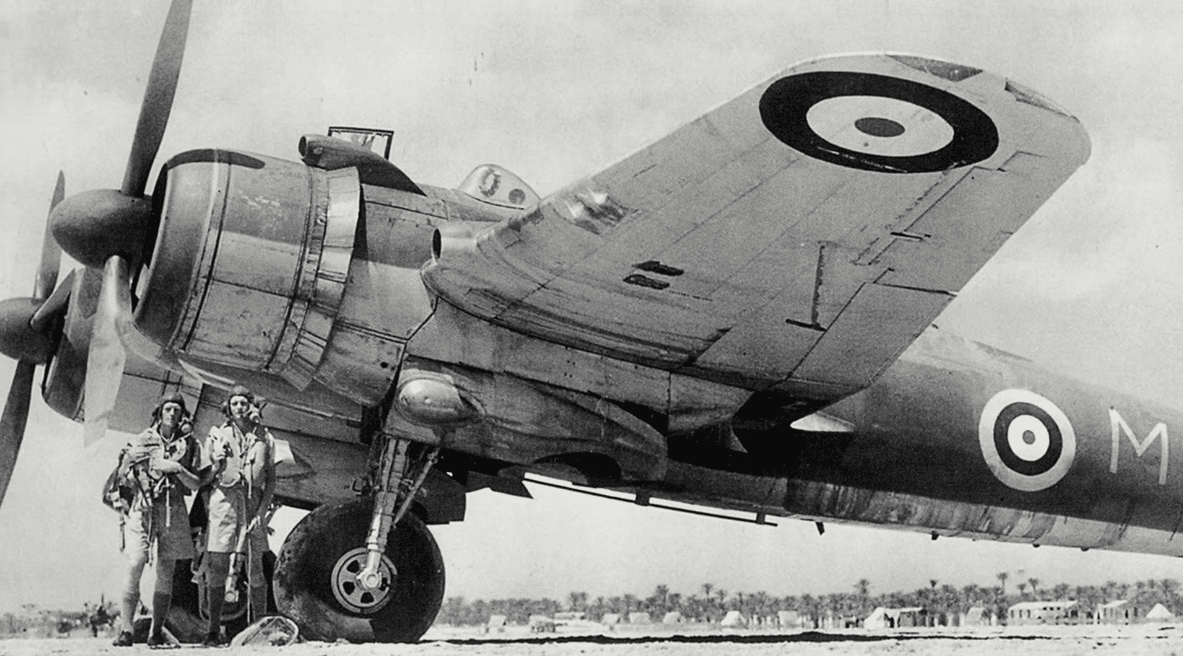
The Final Act of Defiance
With the building now clearly marked as a target, Sergeant Fern released the second French flag over the German command headquarters. This act of defiance was intended not only to signal a challenge to German authority but also to lift the spirits of the Parisian people. At the same time, Fern took several photographs of the unfolding event. These images would later serve as important records, showing that even in the midst of occupation, acts of courage and resistance were possible.
After completing the attack, the two airmen began their escape. As they turned away from the illuminated city, the risk of heavy anti-aircraft fire and enemy fighter interception loomed large. Gatward skillfully guided the Beaufighter back along the same low path they had taken into the city. The flight required precise control and constant vigilance, as every second over enemy territory increased the danger. The aircraft zipped over familiar landmarks, and the tense moments in the skies underscored the high stakes of the operation.
Recognition and Remembrance
After a harrowing escape, Gatward and Fern finally touched down at RAF Northolt in London. Their return was met with relief and admiration from fellow airmen and military officials alike. The operation had struck a blow against the established order in Paris and provided a glimpse of hope to those living under German occupation. The photographs captured during the mission later appeared in major publications, demonstrating that the Allies had the capability to conduct daring operations deep in enemy territory.
For his exceptional skill and bravery during the operation, Flight Lieutenant Gatward was awarded the Distinguished Flying Cross. Sergeant Fern, recognized for his important role and keen eye for detail, received the Distinguished Flying Medal and was granted a commission. Their actions during that day in June served as a reminder of the risks taken by Allied airmen. The story of their mission remains an important record of resistance and courage in a time when even a single act of defiance could lift the spirits of an entire people.














